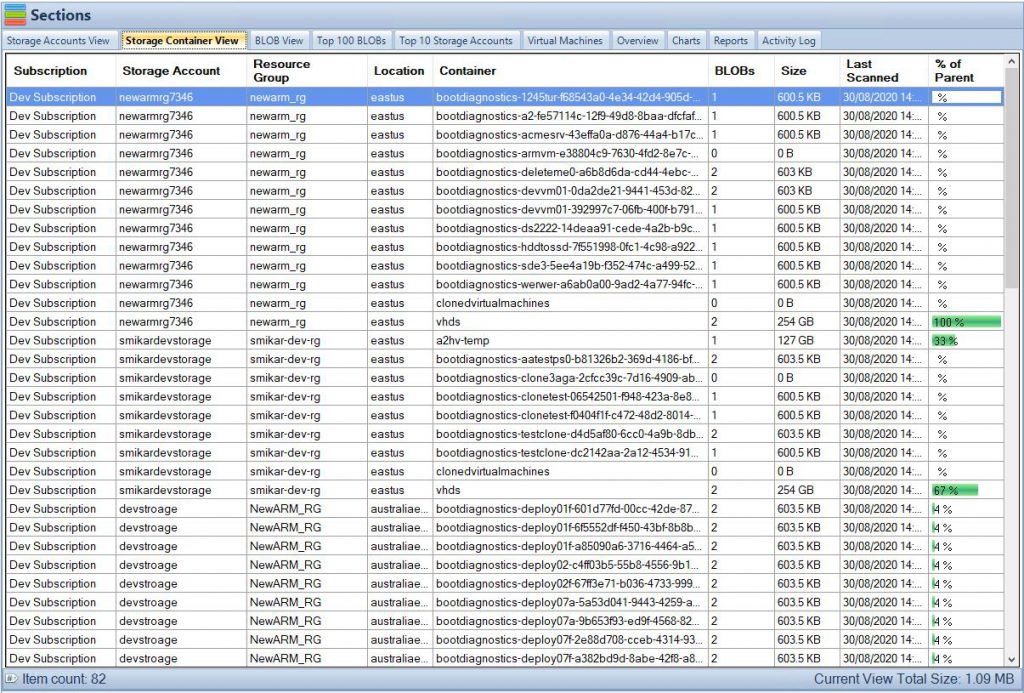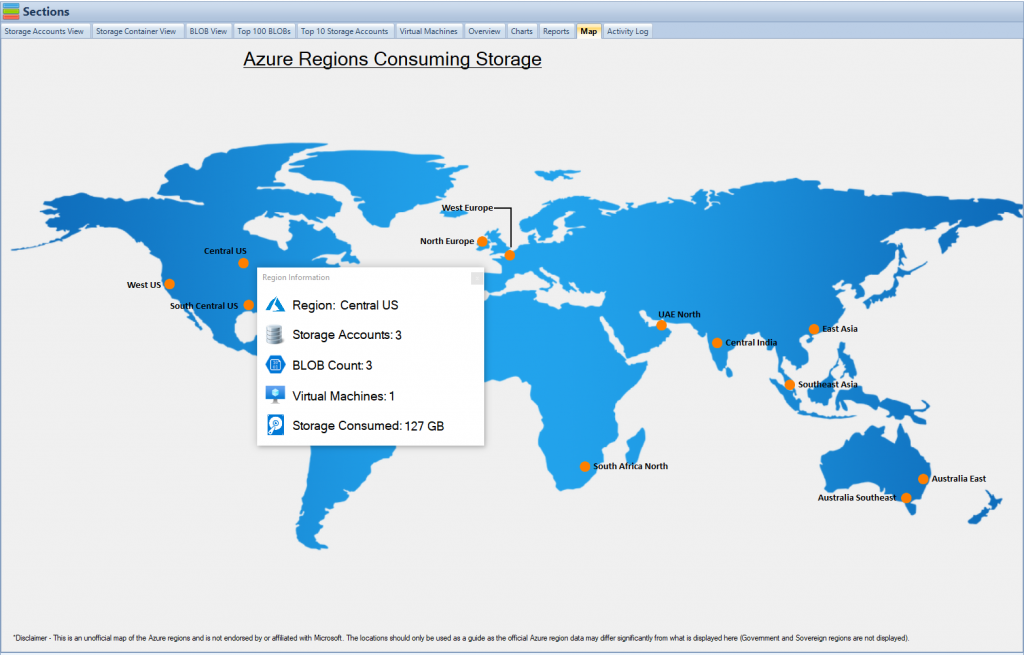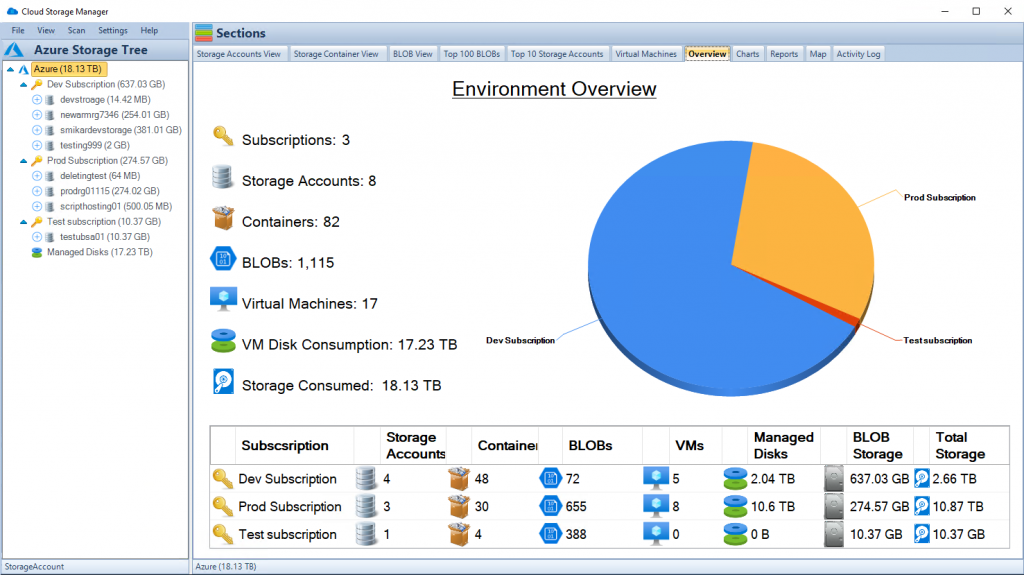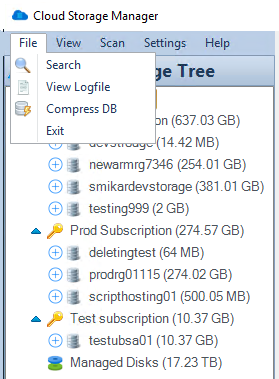
Introduction to OneDrive
Hey there, cloud wanderer! Ever found yourself juggling multiple USB drives or emailing files to yourself just to have access to them on another device? Well, Microsoft OneDrive is here to make your life a whole lot easier. This article will be your ultimate guide to understanding what OneDrive is, how to use it, and why it might just be the cloud storage solution you’ve been looking for.
What is OneDrive?
OneDrive is Microsoft’s cloud storage solution that allows you to save files online and access them from anywhere. Think of it as your virtual filing cabinet, but way cooler. You can store documents, photos, and even entire folders. Plus, it’s integrated with Microsoft 365, so if you’re already using Microsoft apps, you’re in for a smooth ride.
Getting Started with OneDrive
Ready to jump in? First things first, you’ll need to download OneDrive. Whether you’re on a Mac, Windows, or even Linux, there’s a OneDrive app for you. Just head over to the official website, click on “OneDrive Download,” and follow the installation instructions. Once installed, you’ll need to sign in with your Microsoft account. Don’t have one? No worries, creating one is as easy as pie.
OneDrive Features
Alright, let’s talk features. OneDrive is not just a “store and ignore” kind of service. It offers real-time collaboration, file syncing across devices, and robust security measures. You can even access your OneDrive logs to keep track of changes and activities. It’s like having a personal assistant for your files.
File Storage and Syncing
The core feature of OneDrive is, of course, file storage. But it’s the syncing that makes it a game-changer. You can work on a document on your laptop, and it’ll be updated in real-time on your other devices. No need to hit “save” every two seconds; OneDrive does it for you.
Collaboration and Sharing
Working on a group project or need to share files with someone? OneDrive has got you covered. You can share files or folders with anyone, even if they don’t have a OneDrive account. Plus, with real-time collaboration features, multiple people can work on the same document at the same time. Say goodbye to the chaos of multiple versions and conflicting changes.
Security and Privacy
When it comes to your files, security is a big deal. OneDrive offers robust security features like two-factor authentication and automatic encryption. You can even check your OneDrive logs to see who has accessed your files and when.
OneDrive for Business
For those of you in the corporate world, OneDrive for Business offers additional features like advanced collaboration tools and higher storage limits. It’s integrated with SharePoint, allowing for seamless team collaboration.

Microsoft OneDrive vs. Other Cloud Storage Solutions
Now, let’s talk comparisons. How does OneDrive stack up against other cloud storage solutions like Google Drive, Dropbox, and even SharePoint?
OneDrive vs. SharePoint
OneDrive and SharePoint are both Microsoft products, but they serve different purposes. SharePoint is more focused on team collaboration and is often used for intranet sites within a company. OneDrive, on the other hand, is more individual-centric. However, the two can sync together for a more cohesive experience.
OneDrive vs. Google Drive
Google Drive is another popular cloud storage solution. While it offers similar features like file storage and real-time collaboration, it’s deeply integrated with Google’s ecosystem. If you’re a Microsoft user, you’ll find OneDrive to be more seamless with your existing apps.
OneDrive vs. Dropbox
Dropbox is a straightforward, easy-to-use cloud storage solution. It doesn’t offer the suite of integrated apps that OneDrive does, but if you’re looking for a simple drag-and-drop storage solution, it’s a strong contender.
OneDrive vs. OneDrive for Business
You might be wondering, what’s the difference between OneDrive and OneDrive for Business? The latter offers more advanced features tailored for corporate use, such as higher storage limits and advanced security protocols.

Tips and Tricks for OneDrive
Ready to become a OneDrive pro? Here are some tips and tricks to get the most out of your OneDrive experience. Did you know you can automate file transfers, or set up special folders that are shared among multiple users? Dive into the settings and explore; you’ll be amazed at what you can do.
Common Issues and How to Solve Them
Like any software, OneDrive is not without its quirks. Some common issues include sync problems and storage limits. But don’t worry, most issues have straightforward solutions that can be found in the OneDrive settings or support forums.
1. Syncing Issues
Problem: One of the most common issues users face is syncing problems. You’ve placed a file in your OneDrive folder, but it’s not showing up on your other devices.
Solution: First, make sure you’re signed in to the same OneDrive account on all devices. If that’s not the issue, right-click on the OneDrive icon in your system tray (Windows) or menu bar (Mac) and select “Pause Syncing,” then “Resume Syncing.”
2. Storage Limit Reached
Problem: You’re trying to upload a file, and OneDrive tells you you’ve reached your storage limit.
Solution: Check how much storage you’ve used. If you’re close to or have exceeded the limit, you’ll need to delete some files or upgrade your storage plan.
3. File Size Too Large
Problem: You’re trying to upload a file, and OneDrive says it’s too large.
Solution: OneDrive has a file size limit for uploads. If your file exceeds this limit, you’ll need to either compress the file or split it into smaller parts.
4. Can’t Find OneDrive Icon
Problem: You can’t find the OneDrive icon in your system tray or menu bar.
Solution: This usually means OneDrive isn’t running. Search for OneDrive in your computer’s search bar and open the application.
5. OneDrive Not Working on Linux
Problem: You’re a Linux user and can’t find a OneDrive application for your OS.
Solution: OneDrive doesn’t officially support Linux, but you can use third-party software like rclone to sync your OneDrive files.
6. Conflicting Copies of Files
Problem: You see files with names like “Conflicting copy…” in your OneDrive folder.
Solution: This happens when the same file is edited on multiple devices before it has a chance to sync. You’ll need to manually compare the conflicting copies and decide which one to keep.
7. Can’t Sign In
Problem: You’re having trouble signing into your OneDrive account.
Solution: Make sure you’re using the correct Microsoft login credentials. If you’ve forgotten your password, use the “Forgot Password” option to reset it.
8. OneDrive Slowing Down Computer
Problem: Your computer is running slowly after installing OneDrive.
Solution: OneDrive can be resource-intensive, especially during syncing. You can pause syncing temporarily to see if that improves performance.
And there you have it! These are some of the most common issues you might encounter while using OneDrive, along with their solutions. Remember, the OneDrive support community is also a great resource if you run into any other issues.
Conclusion
So there you have it, your ultimate guide to Microsoft OneDrive. Whether you’re a student, a professional, or just someone looking to simplify their digital life, OneDrive offers a range of features to suit your needs. Ready to make the leap? Trust us, your future self will thank you.

FAQs
Microsoft OneDrive: How to Sync?
To sync your files, simply drag and drop them into your OneDrive folder. Any changes you make will automatically be updated across all your devices.
Microsoft OneDrive: How to Use?
Using OneDrive is as simple as saving a file to a folder. Just drag and drop files into your OneDrive folder, and they’ll be accessible from any device.
How Much OneDrive Storage Do I Have?
The amount of storage you have depends on your subscription. Free users get 5GB, while Microsoft 365 subscribers get 1TB.
How Much OneDrive Storage Is Free?
OneDrive offers 5GB of free storage to all users. Need more? You can upgrade to a paid plan.
Where Is OneDrive on My Computer?
The location of the OneDrive folder on your computer can vary depending on your operating system and settings. However, here are some general guidelines:
For Windows Users:
After you’ve installed OneDrive, you’ll usually find a OneDrive folder in your File Explorer. It’s often located under “This PC” along with other folders like “Documents,” “Downloads,” and “Pictures.”
For Mac Users:
If you’re using a Mac, you’ll find the OneDrive folder in your Finder. It’s typically located in the sidebar, under “Favorites,” along with other folders like “Desktop,” “Documents,” and “Downloads.”
For Linux Users:
Linux users who have managed to set up OneDrive (usually through third-party software, as OneDrive doesn’t officially support Linux) will find the folder location varies based on the setup process.
To quickly access your OneDrive folder, you can also click on the OneDrive icon in the system tray (Windows) or menu bar (Mac), and then click on “Open Folder.”
So, whether you’re a Windows aficionado, a Mac enthusiast, or a Linux guru, accessing your OneDrive folder is usually just a few clicks away! 😊
And there you have it! I hope this guide helps you navigate the cloud-sprinkled skies of OneDrive. Got more questions? Feel free to drop them in the comments! 😊

